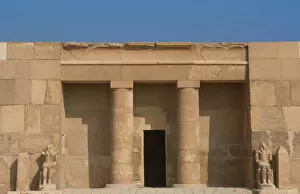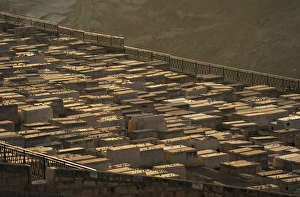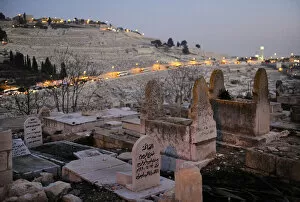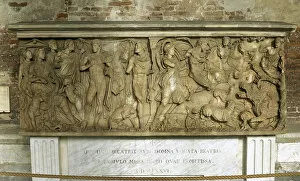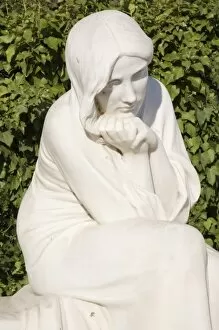Cementery Collection (page 5)
"Cemetery: A Reflection of History, Art, and Remembrance" Cemeteries hold a profound significance in various cultures around the world
All Professionally Made to Order for Quick Shipping
"Cemetery: A Reflection of History, Art, and Remembrance" Cemeteries hold a profound significance in various cultures around the world. In Istanbul, Turkey, the Mausoleum of Roxela stands as a testament to the rich history and architectural marvels that grace this ancient city. Meanwhile, Italian painter Francesco Traini's works from the 14th century depict scenes from cemeteries that evoke emotions and contemplation. The sepia-toned masterpiece by Caspar David Friedrich titled "Winter, Night, Old Age and Death" captures the somber beauty found within cemetery landscapes. It serves as a reminder of life's transient nature and invites viewers to reflect on their mortality. Islamic art also finds its place in cemeteries with tombstones like al-Ghaliya's daughter of Abd al-Jabbar. These intricate designs honor loved ones while showcasing Islamic artistic traditions. At Pere Lachaise cemetery in Paris lies Jean Baptiste Camille Corot's bust sculpted by Michel Beguine. This bronze sculpture pays homage to Corot's contribution to French painting while adding an artistic touch to his final resting place. Charles Baudelaire's cenotaph monument further exemplifies how poets are immortalized through art even after death. Composed of his lying figure surmounted by a bat-adorned bust, it symbolizes his enduring legacy captured within Les Fleurs du mal. War has left its mark on cemeteries too; Roland Dorgeles' novel "Les crosses de bois" depicts soldiers buried beneath wooden crosses during World War I. The haunting illustrations by Jean Gabriel Daragnes bring forth the solemnity felt within these hallowed grounds. Francisco Goya explores war-related themes in "The Disasters of War, " portraying chilling scenes set amidst graveyards where lives were lost tragically. Through engravings and preparatory drawings alike, he emphasizes the horrors of conflict and the fragility of life.






